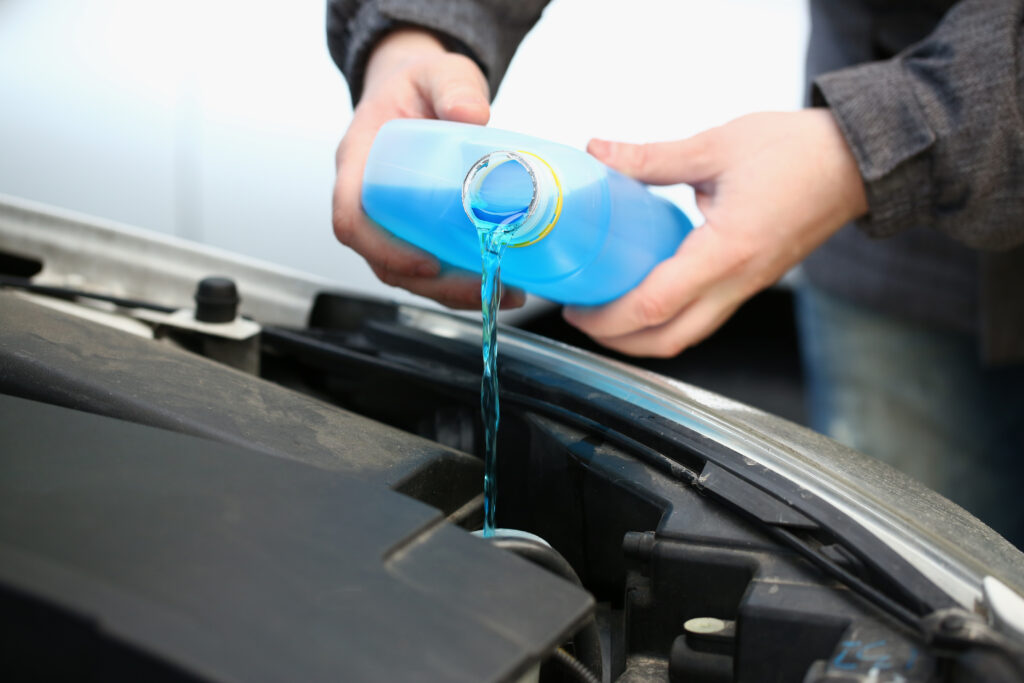Driving with a cracked windshield is a common dilemma faced by many vehicle owners. While it may seem minor, a cracked windshield can pose significant safety risks if not addressed promptly. This article explores the safety implications of driving with a cracked windshield, factors to consider, legal considerations, and practical tips from auto glass experts for maintaining safety on the road.
Risks of Driving with a Cracked Windshield
The risks associated with driving with a cracked windshield are multifaceted. Firstly, compromised visibility is a major concern. Even small cracks can distort your view of the road, pedestrians, and other vehicles, especially under varying lighting conditions. This impairment increases the risk of accidents, particularly during nighttime or adverse weather.
Moreover, a cracked windshield undermines the structural integrity of your vehicle. In the event of a collision or rollover, a weakened windshield may fail to provide adequate protection, potentially leading to more severe injuries. Cracks can also spread over time, worsening the damage and increasing repair costs.
Factors to Consider
When evaluating the safety of a cracked windshield, consider several factors:
- Size and Location: Larger or more extensive cracks impair visibility more severely than smaller ones. Cracks located in the driver’s line of sight are particularly hazardous.
- Depth and Type of Crack: Surface-level scratches may be less concerning than deeper cracks that compromise the inner layers of the windshield. Spiderweb cracks or star-shaped patterns often indicate more extensive damage.
- Environmental Conditions: Temperature changes and weather conditions can cause cracks to expand. Extreme heat or cold can exacerbate existing damage, making the windshield more susceptible to further cracking.
Legal Considerations
In many jurisdictions, driving with a cracked windshield is subject to legal regulations. These regulations vary by region but typically mandate that windshields must be free from cracks or damage that obstruct the driver’s view. Violations can result in fines or penalties, emphasizing the importance of timely repairs or replacements.
Safety Tips and Recommendations
While immediate repair or replacement is recommended for cracked windshields, there are interim measures to enhance safety:
- Avoiding Direct Sunlight: Park in shaded areas or use windshield sunshades to minimize temperature fluctuations that can worsen cracks.
- Avoiding Harsh Conditions: Limit driving in severe weather conditions that could further compromise windshield integrity.
- Seeking Professional Assessment: Consult with a qualified technician to evaluate the severity of the crack and determine the appropriate course of action. Temporary DIY fixes such as tape or adhesive kits are not recommended as long-term solutions.
Secure Your Safety with Omni Auto Glass
In conclusion, driving with a cracked windshield poses significant safety risks due to impaired visibility and compromised structural integrity. Vehicle owners should prioritize prompt repair or replacement to maintain road safety and comply with legal requirements. By understanding the risks, evaluating factors influencing windshield damage, and adhering to safety tips, drivers can mitigate potential hazards and ensure a safer driving experience for themselves and others on the road.
Addressing a cracked windshield promptly not only enhances safety but also safeguards against potential legal consequences. Prioritizing vehicle maintenance, including timely windshield repairs, is essential for every responsible driver. For professional and reliable windshield repair services, consider reaching out to Omni Auto Glass. We offer expert assessment and quality repair solutions to ensure your windshield remains a clear and protective barrier on your journeys.
Back to top: Can I Drive with a Cracked Windshield?




